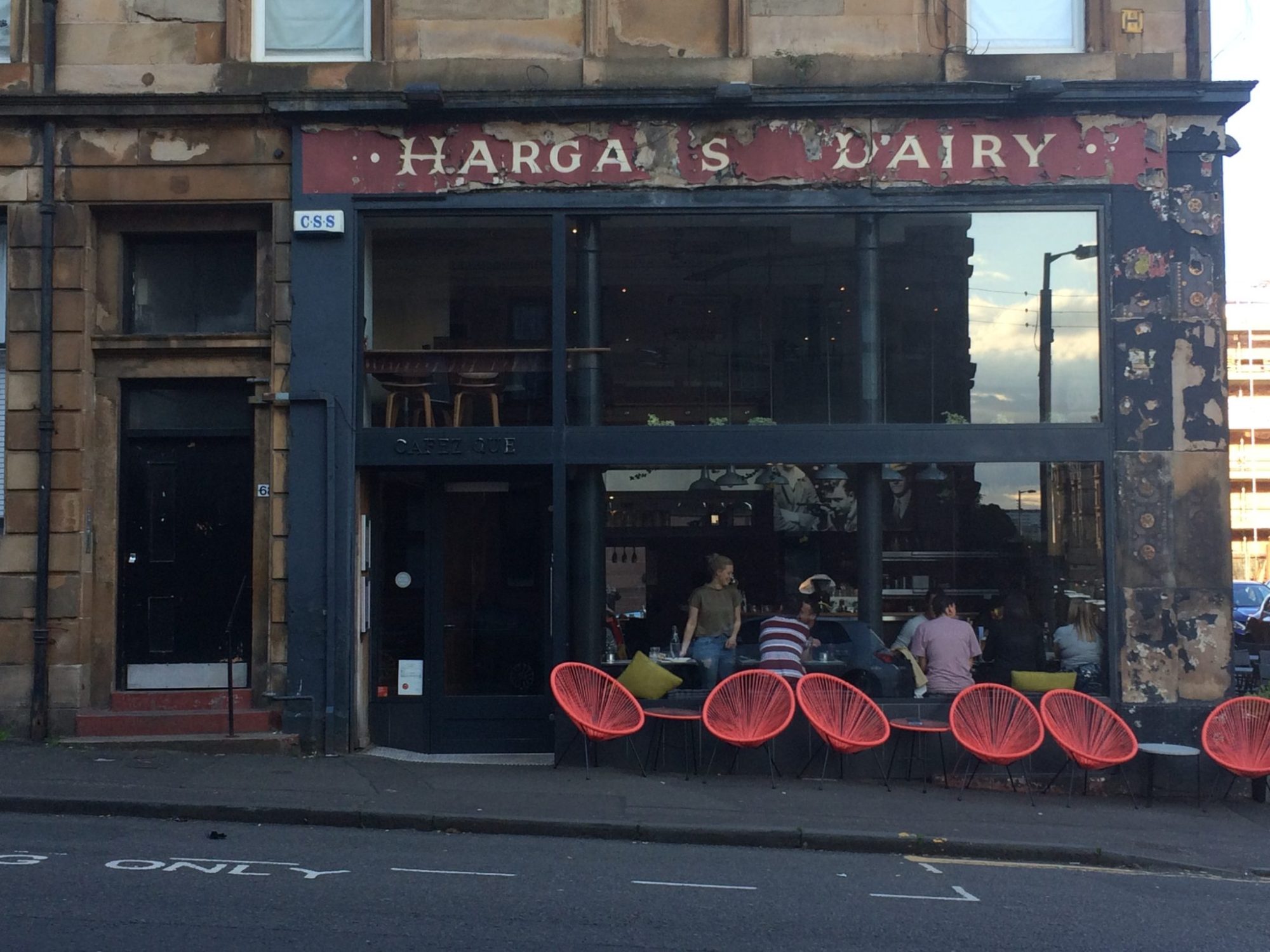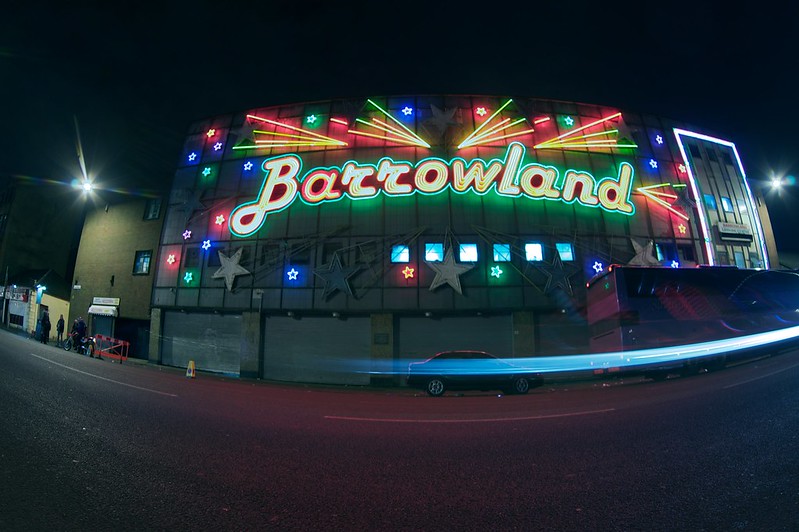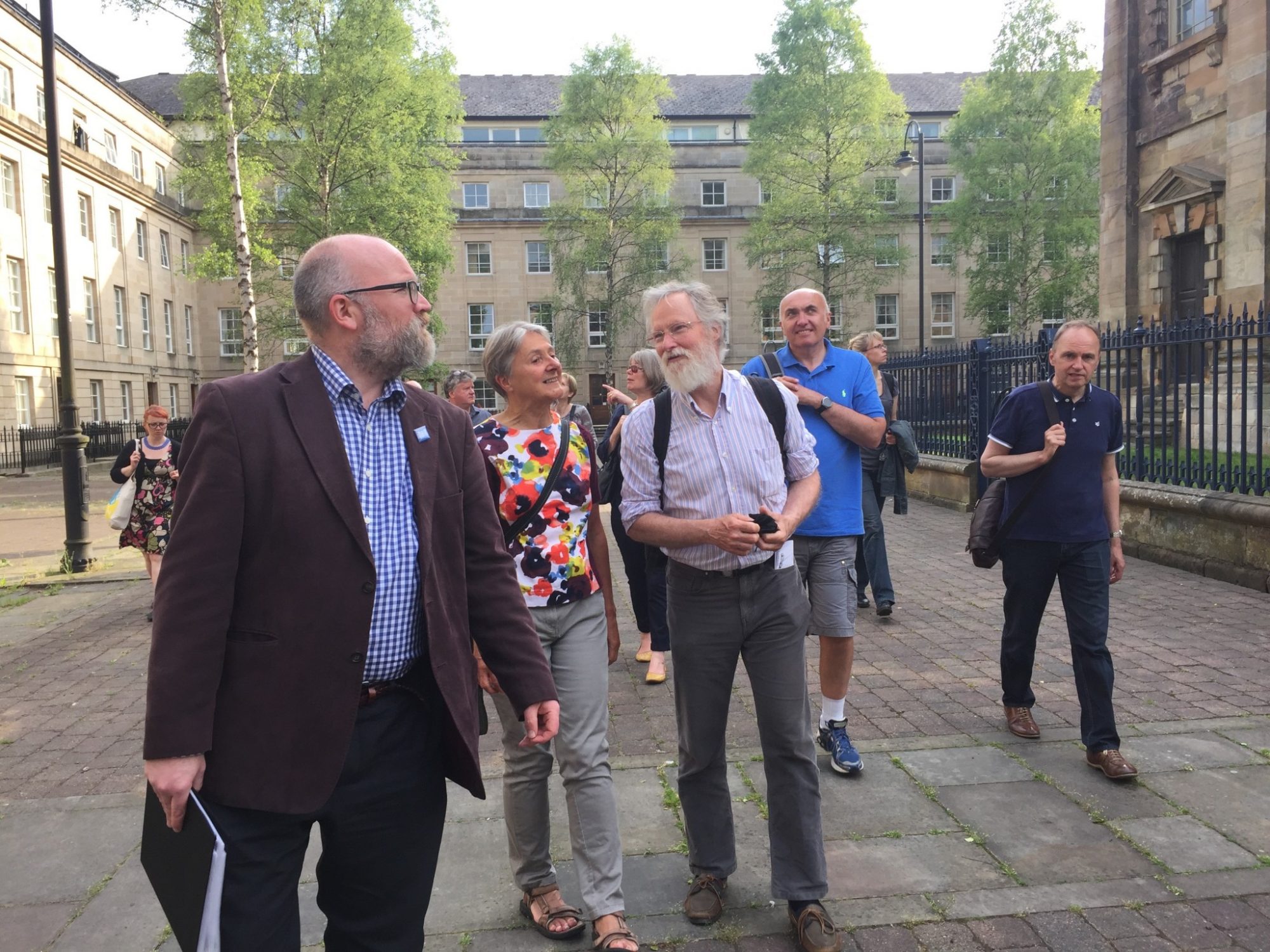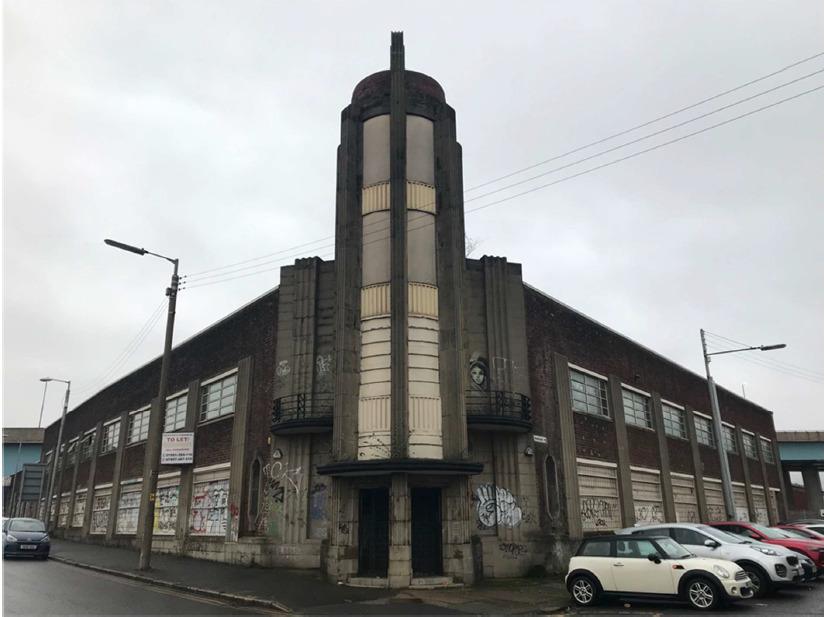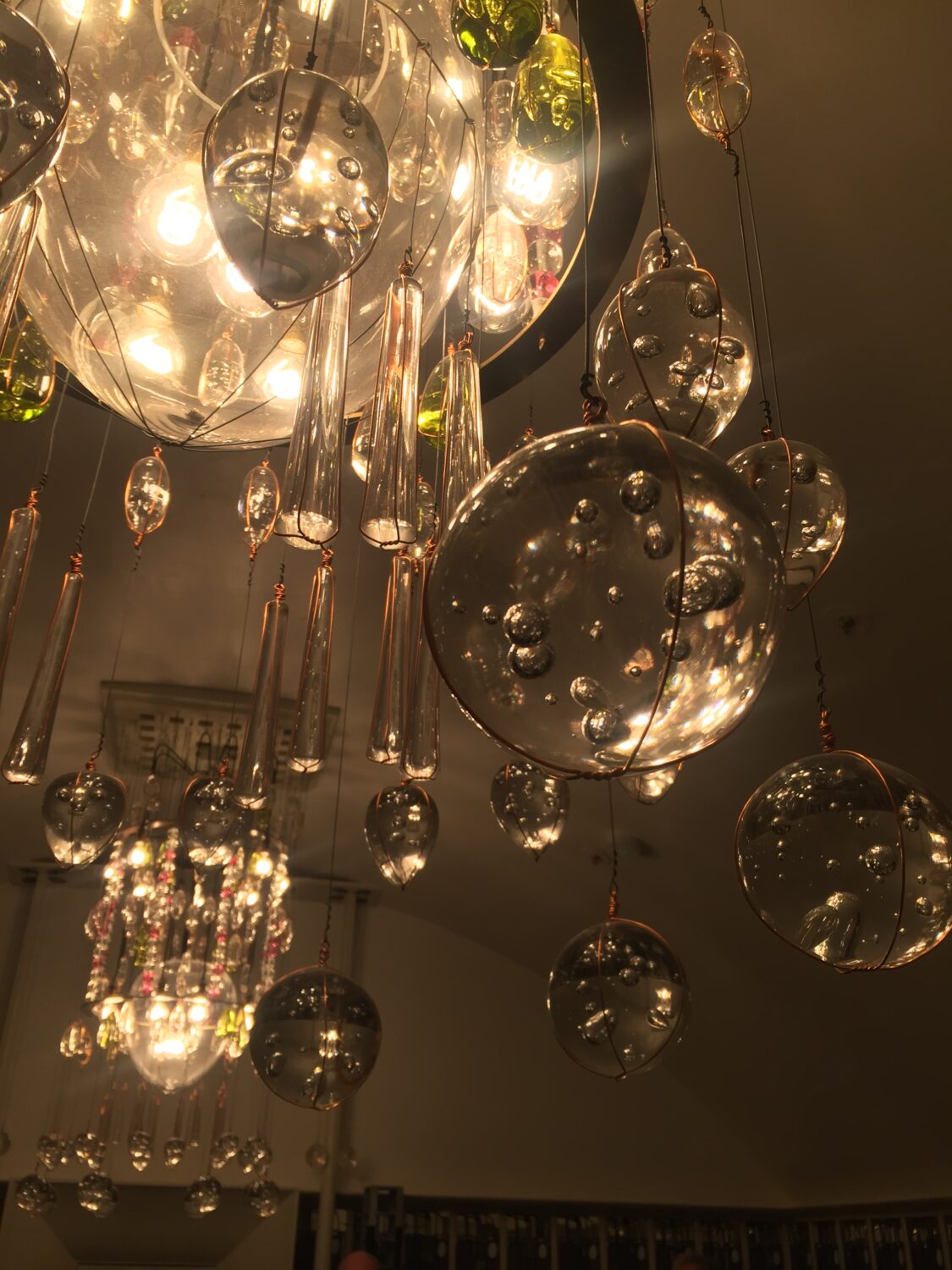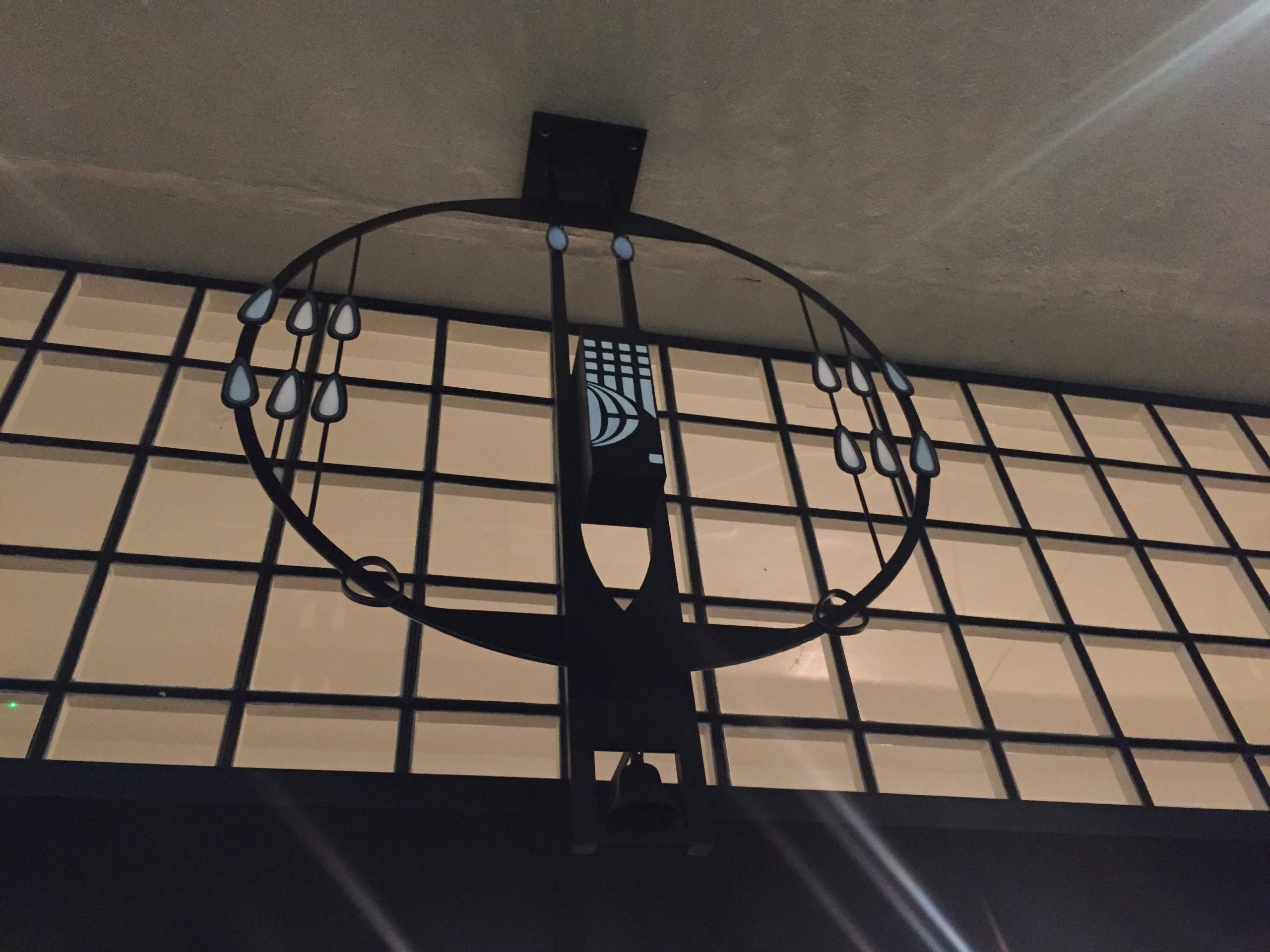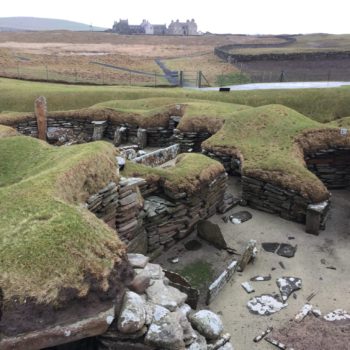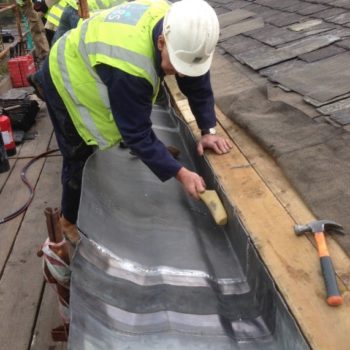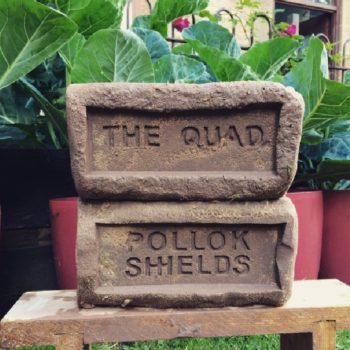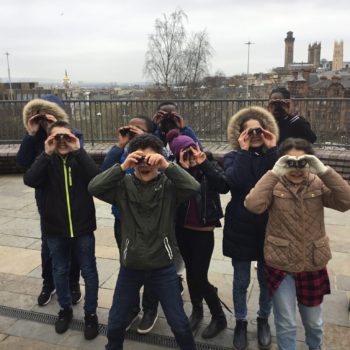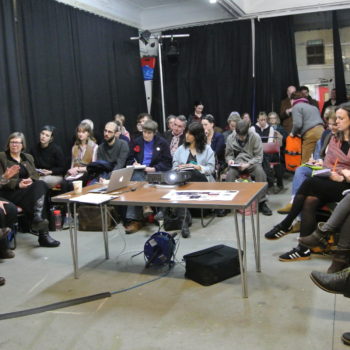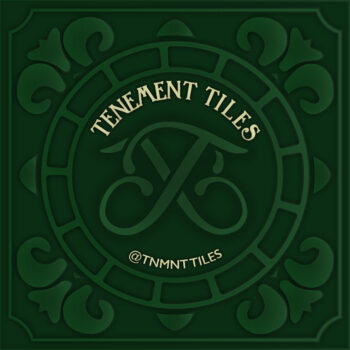
Monday 5th October 2020 | 6pm BST | via Zoom
Join us for the online launch of the TnmntTilesIRL exhibition. Zan Phee, the curator of this archive of historical tenement tiles, will be with us to chat about her project and answer your questions.
For over five years Zan has wandered all the corners of Glasgow and further afield with the aim of capturing images that show the beauty of tenement life for her online archive. Showcasing the amazing artistry of the tiled walls, to the imposing spiral staircases, to the painted glass murals found on doors and windows, the impressive archive has gained an army of loyal followers on Twitter and Instagram.
Glasgow City Heritage Trust was delighted to offer a Community Grant to support an ‘In Real Life’ exhibition of the TnmntTiles archive. Sadly, the Covid-19 pandemic has put a stop to our physical exhibitions for the time being, and so Zan has worked hard to reinvent the project as a virtual exhibition instead.
Free, booking required, donations welcome.
[ESPRESSO_TICKET_SELECTOR event_id=16046]
Please note: Payment is taken via PayPal but you do not need to have a PayPal account to pay online.
We are using Zoom to broadcast our live talks. You can join these events as a participant without creating a Zoom account. You do not need to have a webcam or a microphone to join the event as a participant.
You will receive instructions on joining the event by email. If you haven’t received anything by midday on the day of the event, please check your spam folder and then contact us.


